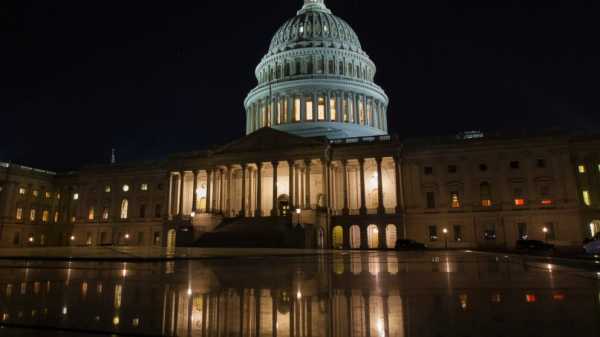
Central to the redistricting competition ignited by Texas Republicans this summer—and countered by California Democrats—are opposing assumptions both parties hold regarding Latino voting patterns.
Texas Republicans anticipate Latino voters sustaining their recent conservative tilt from the past two presidential elections or maintaining their 2024 Republican support levels. Conversely, California Democrats bank on Latino voters upholding their Democratic loyalties to secure newly competitive districts statewide.
The accuracy of these projections—and the trajectory of Latino voting trends—could sway not only individual races but also determine which party controls the House of Representatives following next year’s midterms.
Today, Explained
Explore global insights with a daily breakdown and the week’s standout stories.
Email (required)SubscribeBy submitting your email, you agree to our Terms and Privacy Notice. This site is protected by reCAPTCHA and the Google Privacy Policy and Terms of Service apply.
The revised electoral maps in both states underscore a recurring political truth: Demographic shifts don’t inherently dictate electoral results, and political dominance is transient. Latinos constitute roughly a third of eligible voters in Texas and California, with recent Republican gains. Yet indicators suggest this trend could stabilize—or even reverse—in coming years.
Texas banks on enduring Hispanic conservative shift
Among five new GOP-leaning congressional districts advanced through Texas’s legislature, two majority-Latino districts in southern Texas stand out. Elections analyst Eli McKown-Dawson highlights these as uncertain Republican victories despite their design.
These districts—87% and 72% Latino, currently held by Democrats—still favored Biden in 2020 under the new map. As noted by the New York Times’ Nate Cohn, these areas remain Democrat-inclined. Midterm dynamics, marked by lower Trump-aligned voter turnout, leave room for Democrats to retain these seats in 2026.
Latino backing for Democratic presidential candidates in California has declined by nearly 20 percentage points over the last two elections.
McKown-Dawson’s simulations reveal an unsurprising outcome: Regardless of a national anti-Trump surge, Democrats must regain substantial Latino support. In 2024, Trump secured 55% of Texas Latinos, reflecting a nationwide conservative shift from 2020. A reversion to pre-2024 voting patterns, however, could favor Democrats. McKown-Dawson calculates that securing 51-53% Latino support might safeguard one or both seats.
Recent polling by the Democratic-aligned Equis group reveals discontent with Trump and GOP policies among Latino voters, alongside openness to Democratic outreach. While Democrats hold a narrow 47%-36% edge in these districts, stronger mobilization may be needed for decisive wins.
California counts on enduring Democratic allegiance
A sustained Latino conservative shift could jeopardize California Democrats’ strategy. Their response to Texas redistricting includes targeting GOP seats and bolstering vulnerable incumbents in swing districts. The state’s redistricting proposal, likely to pass in November, hinges on Latino voters in regions like the Central Valley and Orange County.
As Gustavo Arellano noted in the Los Angeles Times, one northern California GOP seat is being reshaped with added Latino voters, while a Central Valley district remains competitive. Three Democratic-held seats—represented by Harder, Gray, and Tran—are fortified by expanded Latino electorates.
These adjustments presume continued Latino Democratic loyalty or a reversal of recent rightward trends. Catalist research shows a 20-point decline in Latino Democratic presidential support in California since 2016, with Harris and Biden both experiencing drops. Further conservative shifts could undermine California’s redistricting calculus.
Ultimately, both parties gamble on Latino voting patterns solidifying in their favor. While outcomes remain uncertain, these dynamics highlight Latino voters’ diversity and emerging role as pivotal electoral deciders.
Source: vox.com






